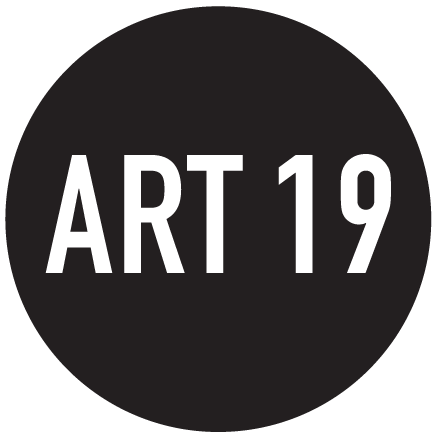The Berliner : Why Yoko Ono’s Berlin takeover deserves your attention
With concurrent shows on at both the Neue Nationalgalerie and Gropius Bau, this is your chance to look beyond the persona and actually get to know the work of Yoko Ono.
Portrait of Yoko Ono in London. Photo by Iain Macmillan © Yoko Ono
With three exhibitions running simultaneously this summer, the Japanese artist hovers over Berlin like a vast alien spacecraft, zapping us with cringeworthy one-liners, showering us with torrents of platitudes about peace and love. In a rare triple play, her Gropius Bau summer blockbuster coincides with the Neue Nationalgalerie’s exhibition – its director Klaus Biesenbach suffers from severe FOMO – and she’s even taken over the enormous Neue Berliner Kunstverein (n.b.k.) billboard. Although recently changed to TOUCH, for the past six months, FLY – in enormous black letters – has loomed over Torstraße.
”Has anyone in history ever been more subsumed by the legend of their partner?.”
In 1966, it was another three-letter word that set John Lennon’s heart racing. Climbing a ladder at Indica Gallery in London, he peered through a microscope to read Yoko’s tiny, affirmative “yes”. Their subsequent love story – fraught and all-consuming – is the prism through which most of us first came to know her.
I remember seeing her on screen at the BRIT Awards (a Wetherspoons Grammys) sometime in the 1990s. They’d probably just spliced together another god-awful Beatles remaster, and she was there to accept an award on John’s behalf. Haloed by white light, wrapped in one of those white fur coats that John adored, she delivered a stream of hippy claptrap about love in that unmistakably high, weak voice of hers. It felt trite. Apart from bed protests and zealously handling her late husband’s legacy, what had she ever done?
John Lennon and Yoko Ono at the Isle of Wight Festival, 1st September 1969. IMAGO / Bridgeman Images.
Shameful. I had yet to grasp her frankly astonishing contributions to contemporary art and, yes, even experimental music. Anyone who was at the Neue Nationalgalerie for Berlin Art Week a couple of years ago would have experienced the tremendous viscerality of one of her early performances. A short-haired woman knelt on the museum floor as the crowd took turns to step up and snip pieces from her clothing. It was like watching a silent boxing match – a discomfiting mix of veneration and violence. I was too cowardly to take my turn, but my wife and daughter stepped up. I’ve still have the scraps of fabric.
When Ono first performed Cut Piece in 1964, aged 31 and dressed in a black suit, men and women hacked away at her clothing until she was in her underwear. It was a brilliant, brutal comment on control and powerlessness, forcing the audience to be complicit in an act of violation against the female body. What makes it even more potent is how the act of undressing is so intrinsically linked to sexual arousal.
Ono (or another performer in her place) has the power to stop the performance at any time, yet whether you participate or simply watch, it’s never clear who’s really in control. And in that act of surrender, it’s as if she was foreshadowing her own public erasure. Has anyone in history ever been more subsumed by the legend of their partner? The obsessive insistence on John’s genius – amplified by undertones of misogyny and racism – enabling a kind of public gutting of her life and personality.
IMAGO / BRIGANI-ART
Possibly what most infuriated people is that, after all the disdain, she has never seemed to care. Despite being ridiculed by conceptual art skeptics, mocked for her singing, crucified for allegedly breaking up the world’s favourite band, she kept performing and producing. Riding the wave of derision to receive her late-in-life acclaim: a typically modern arc and maybe the only conventional part of her story.
So perhaps we should all give her flower-power gibberish a chance. And given the state of the world, who would dare scoff at some cheesy peace-mongering? Ono, our enlightened sage, was just light-years ahead of us.
Written by Duncan Ballantyne-Way for https://www.the-berliner.com/



